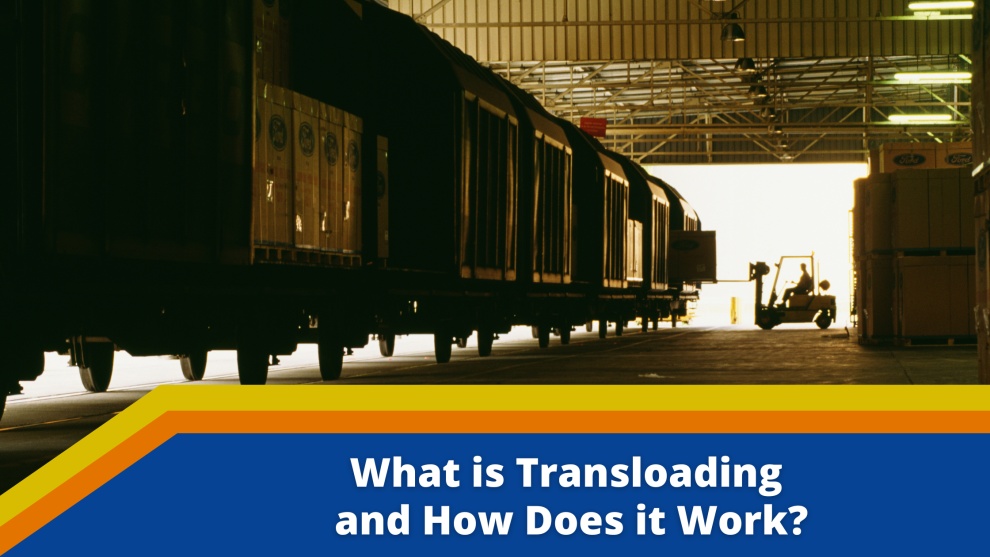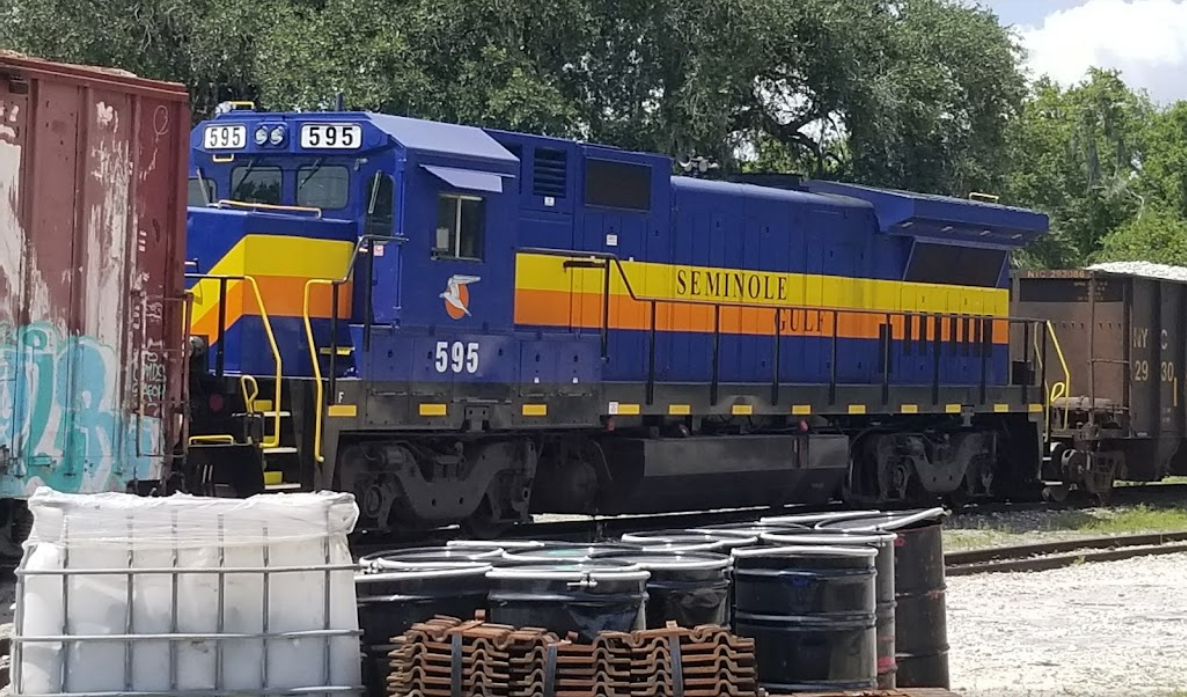
In the freight shipping industry, there are a lot of terms that get thrown around without much explanation. One such term is "transloading" and if you're in charge of shipping and logistics for your industrial business, then you've probably heard the term before. But what is transloading, exactly? And how does it work?
In this article, we'll break down everything you need to know about transloading, including what it is, how it works, and why it's a valuable service for businesses of all sizes. Let’s begin.
WHAT IS TRANSLOADING?
Transloading is an important process for any business that ships and receives goods but it’s especially beneficial for those that need to move goods over long distances. In short, transloading is the process of transferring goods from one transportation container to another when one type of transportation is not available for the entire journey. This can be done between different types of freight vehicles, such as trains and trucks, or between different types of railcars.
TRANSLOADING VS. INTERMODAL TRANSPORTATION
Like with many similar terms, transloading and intermodal shipping often get confused for one another or used interchangeably, even though they refer to different services.
Intermodal transportation is the process of using two or more modes of transportation to move goods from point A to point B. This can include using any combination of rail, truck, plane, and ship. Intermodal shipping is primarily conducted using large metal shipping containers, without any of the goods needing to be unloaded and reloaded in the shipping yard.
Transloading, on the other hand, is a type of intermodal shipping, but it specifically refers to the transfer of goods between different modes of transportation, such as from a train to a truck. This transfer usually happens at a transload facility, where goods are individually unloaded from one mode of transportation and then reloaded onto another for the remainder of the journey.
HOW DOES TRANSLOADING WORK?
Transloading is typically done at a transload facility, which is a specialized type of shipping yard that is equipped to handle the bulk transfer of goods between different modes of transportation.
Goods are first unloaded from the original mode of transportation with the kind of freight and type of railcar being used to determine what type of equipment is needed. For instance, a forklift is ideal for palletized goods while a crane would be required for larger, bulkier products such as steel beams or lumber. An industrial pump is also needed for the transfer of LP and other liquid-based products.
The freight is then closely inspected to ensure it sustained no damage during transit. Once the goods have been cleared, they are then reloaded onto the new mode of transportation for the remainder of their journey.
In some cases, goods may need to be repackaged or have their packaging repaired before they can be reloaded onto the new mode of transportation. This is often done with sensitive goods, such as perishable items, that need to be packed in a certain way to ensure they stay fresh during transit.
These facilities are usually equipped with dry warehouse and cold storage space so that goods can be stored safely while they're being transferred from one mode of transportation to another. This is especially important for businesses that are shipping time-sensitive or perishable goods, as it ensures there is no break in the cold chain.
THE BENEFITS OF TRANSLOADING
Transloading offers a number of benefits for businesses of all sizes, including:
- Increased Efficiency: Transloading can be much faster than shipping goods using only one mode of transportation because it allows businesses to take advantage of different modes of transportation that have different speed limits and more direct routes. This reduces the amount of time your goods spend in transit, improving your overall operational efficiency.
- Reduced Costs: In many cases, transloading can also help reduce shipping costs by allowing you to choose the most cost-effective mode of transportation for each leg of the journey. For example, trains are often cheaper than trucks when shipping large quantities of goods over long distances.
- Improved Customer Service: The increased efficiency and reduced costs associated with transloading can also lead to improved customer service. This is because businesses that use transloading can ship goods faster and at a lower cost, which often results in happier customers.

CONTACT SEMINOLE GULF RAILWAY FOR ALL YOUR TRANSLOADING NEEDS
Whether you're shipping time-sensitive goods or simply looking to reduce your shipping costs, transloading may be the win-win solution you need for your business. If you’re looking for a transloading partner in the Southwest Florida area, contact Seminole Gulf Railway.
Seminole Gulf's related companies provide regional trucking and logistical services, as well as warehousing and distribution from its frozen, refrigerated food, and dry goods distribution centers located in Miami, North Fort Myers, and Lakeland.
